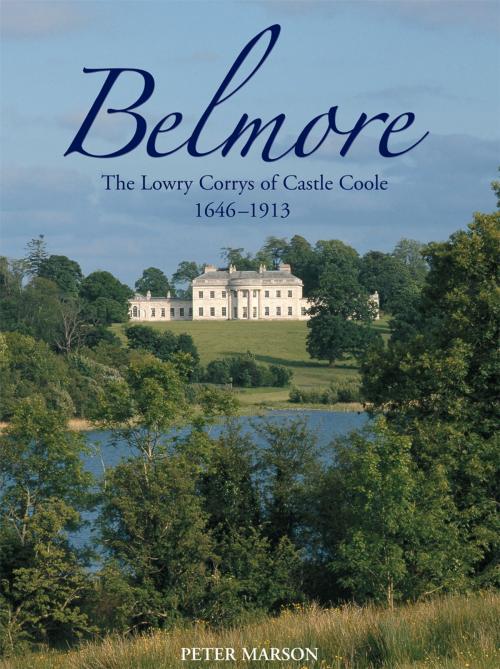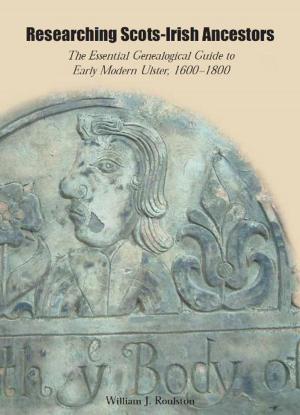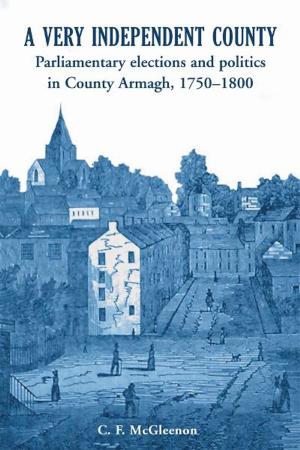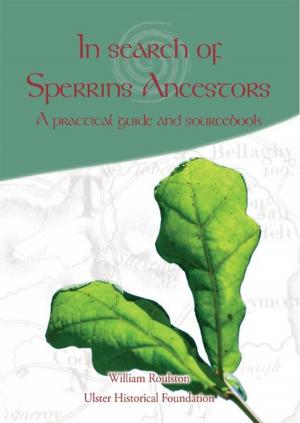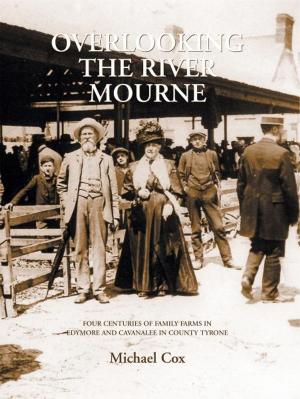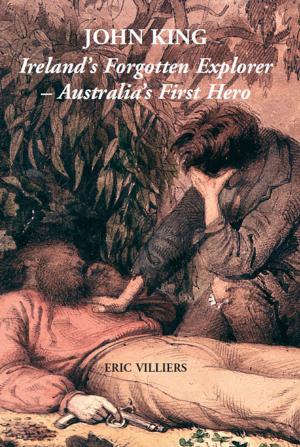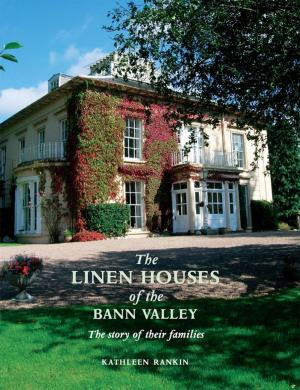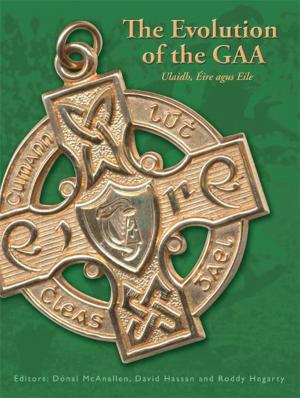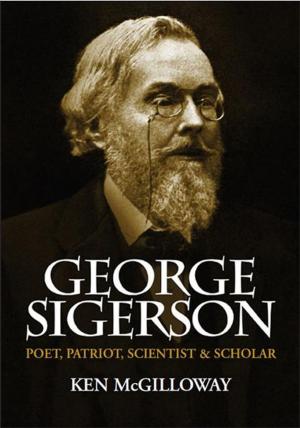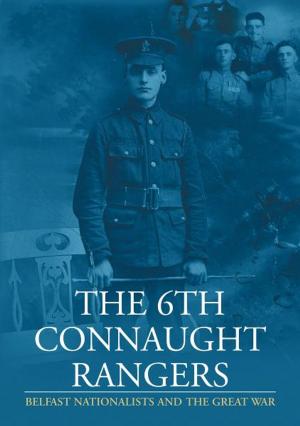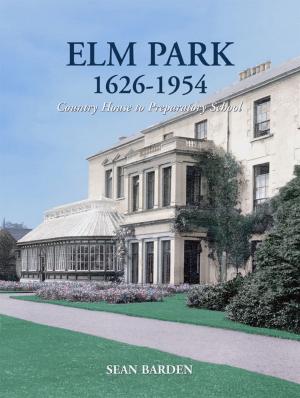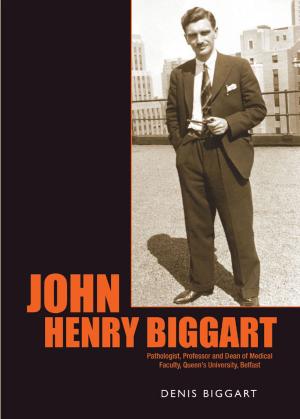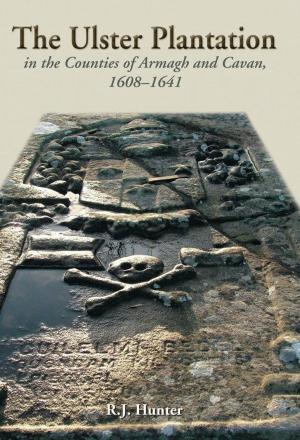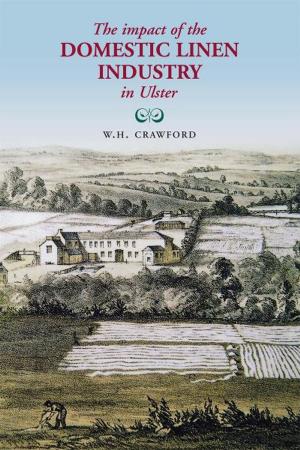| Author: | Peter Marson | ISBN: | 9781908448583 |
| Publisher: | Ulster Historical Foundation | Publication: | April 24, 2012 |
| Imprint: | Ulster Historical Foundation | Language: | English |
| Author: | Peter Marson |
| ISBN: | 9781908448583 |
| Publisher: | Ulster Historical Foundation |
| Publication: | April 24, 2012 |
| Imprint: | Ulster Historical Foundation |
| Language: | English |
Belmore: The Lowry-Corry Families of Castle Coole, 1646-1913 tells the fascinating story of two families who left Dumfries in the mid 17th century to settle in Fermanagh and Tyrone. The marriage of Galbraith Lowry to Sarah Corry united their considerable fortunes and political clout. Their only surviving son, Armar Lowry Corry, inherited some 70,000 acres and an income of £12,000 and moved up in the heady world of Irish society and politics as Baron Belmore with a marriage arranged to a beautiful young wife and heiress, the eldest daughter of the Lord Lieutenant of Ireland.
To celebrate he built a great fashionable house, Castle Coole, today one of the jewels in the crown of Ireland's built heritage. One year later his life was in despair; his marriage over, leaving him with a baby girl and a sickly son. The expense of building and politicking made him 'poor as a rat'. Bitter opposition to the Union with England in 1801 resulted in their exclusion from political power for many years.
His son, Somerset the 2nd Earl, an extravagant Regency figure, furnished Castle Coole in the latest style, and with characteristic panache, refitted a capture American schooner and took his whole family fir several years around the Mediterranean, up the Nile and into the Holy Land. They were the first noble family to reach the 2nd cataract up the Nile and to dig for antiquities in Egypt.
As Governor of Jamaica he successfully faced the bigotry of settlers and the great slave rebellion of 1832. His death in 1841 left the family facing bankruptcy and contributed to the 3rd Earl's early death. In spite of this threat to his family, Somerset Richard, the 4th Earl, by a combination of hard work, prudence and sales of large parts of his estates, was able, above all, to keep Castle Coole.
The changes of fortune that this widely respected family have faced over the last 250 years and the means by which it has survived make for an absorbing tale.
Belmore: The Lowry-Corry Families of Castle Coole, 1646-1913 tells the fascinating story of two families who left Dumfries in the mid 17th century to settle in Fermanagh and Tyrone. The marriage of Galbraith Lowry to Sarah Corry united their considerable fortunes and political clout. Their only surviving son, Armar Lowry Corry, inherited some 70,000 acres and an income of £12,000 and moved up in the heady world of Irish society and politics as Baron Belmore with a marriage arranged to a beautiful young wife and heiress, the eldest daughter of the Lord Lieutenant of Ireland.
To celebrate he built a great fashionable house, Castle Coole, today one of the jewels in the crown of Ireland's built heritage. One year later his life was in despair; his marriage over, leaving him with a baby girl and a sickly son. The expense of building and politicking made him 'poor as a rat'. Bitter opposition to the Union with England in 1801 resulted in their exclusion from political power for many years.
His son, Somerset the 2nd Earl, an extravagant Regency figure, furnished Castle Coole in the latest style, and with characteristic panache, refitted a capture American schooner and took his whole family fir several years around the Mediterranean, up the Nile and into the Holy Land. They were the first noble family to reach the 2nd cataract up the Nile and to dig for antiquities in Egypt.
As Governor of Jamaica he successfully faced the bigotry of settlers and the great slave rebellion of 1832. His death in 1841 left the family facing bankruptcy and contributed to the 3rd Earl's early death. In spite of this threat to his family, Somerset Richard, the 4th Earl, by a combination of hard work, prudence and sales of large parts of his estates, was able, above all, to keep Castle Coole.
The changes of fortune that this widely respected family have faced over the last 250 years and the means by which it has survived make for an absorbing tale.
